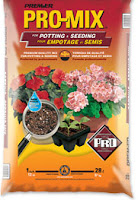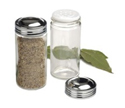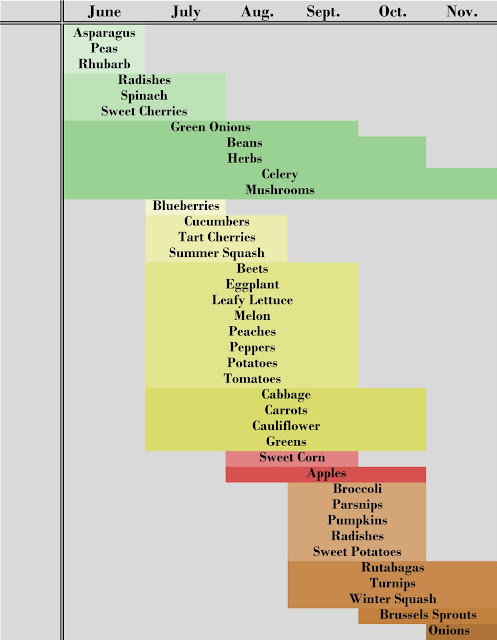- Eggplant - Dusky, Farmer's Long, Charming, and Asian Bride
- Parsley - Flat-Leaf and Curly
- Lemon Blam
- Chives - Garlic and Traditional
 |
| Seed Starting Soil Mix |
The chives are a total experiment. A lot of people say that chives are so easy to grow, you can just sprinkle some seeds outside and watch them pop up. I tried this last year and it didn't work, so this year I'm starting little clumps of them. What I'm slightly concerned about with this approach is that I've heard chives can take over a garden and these will be going in a raised bed with other herbs. So, because they'll get a head start, I'll have to make sure and keep on eye on them...
In addition to what, it's also important to consider how many. Based on the advice of others, I'm using the general rule to start at least one more cell of each plant than I think I need (i.e. I'm planning for 5 Dusky eggplants so I started 6 cells of 2 seeds each). Here's what the final planted tray looked like (with counts):
| Mixing Soil with Water |
- Take potting soil specifically designed for seed starting and mix it with water until moist but not soaking (I did this in a big aluminum bowl in our kitchen sink, much to Josh's dismay...pictured right).
- Fill each container section approximately 3/4 of the way to the top with the wet soil mixture.
- Place two seeds in each section then cover with soil to just under rim of the container. Each cell gets two seeds as a sort of insurance policy in case one doesn't come up, and if both do, then you get to pick the stronger one.
- Record where you put which seeds. Many seedlings look alike and even if you can distinguish between plant types (e.g. tomato vs. eggplant), it's very tricky to determine between varieties when they're that young. I draw a diagram (see above). Other people use popsicle sticks in the soil. Whatever works...
- When all seeds are planted, cover with the plastic dome and place under the lights (pictured below).
- Set timer to have light go on around 6am and off around 6pm.













